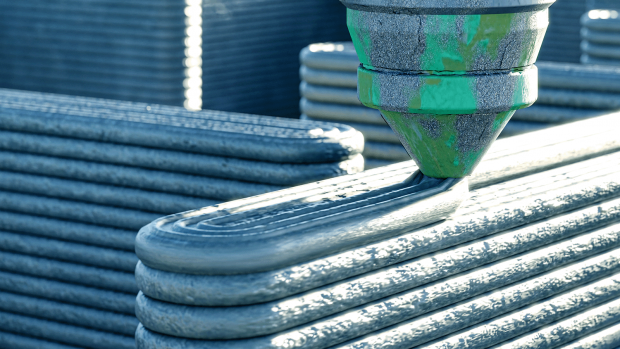
Breaking News
 "Kill Babies, Superman"? New CHILDREN'S Book Calls Abortion a "Superpower"
"Kill Babies, Superman"? New CHILDREN'S Book Calls Abortion a "Superpower"
 Gold Warning Issued as New Monetary System Takes Hold
Gold Warning Issued as New Monetary System Takes Hold
 This Is The Best Tool Set I've Ever Tested!
This Is The Best Tool Set I've Ever Tested!
 RFK JR, HHS, ALIGN WITH PARENTAL CONSENT
RFK JR, HHS, ALIGN WITH PARENTAL CONSENT
Top Tech News
 This tiny dev board is packed with features for ambitious makers
This tiny dev board is packed with features for ambitious makers
 Scientists Discover Gel to Regrow Tooth Enamel
Scientists Discover Gel to Regrow Tooth Enamel
 Vitamin C and Dandelion Root Killing Cancer Cells -- as Former CDC Director Calls for COVID-19...
Vitamin C and Dandelion Root Killing Cancer Cells -- as Former CDC Director Calls for COVID-19...
 Galactic Brain: US firm plans space-based data centers, power grid to challenge China
Galactic Brain: US firm plans space-based data centers, power grid to challenge China
 A microbial cleanup for glyphosate just earned a patent. Here's why that matters
A microbial cleanup for glyphosate just earned a patent. Here's why that matters
 Japan Breaks Internet Speed Record with 5 Million Times Faster Data Transfer
Japan Breaks Internet Speed Record with 5 Million Times Faster Data Transfer
 Advanced Propulsion Resources Part 1 of 2
Advanced Propulsion Resources Part 1 of 2
 PulsarFusion a forward-thinking UK aerospace company, is pushing the boundaries of space travel...
PulsarFusion a forward-thinking UK aerospace company, is pushing the boundaries of space travel...
 Dinky little laser box throws big-screen entertainment from inches away
Dinky little laser box throws big-screen entertainment from inches away
 'World's first' sodium-ion flashlight shines bright even at -40 ºF
'World's first' sodium-ion flashlight shines bright even at -40 ºF
Affordable housing project was 3D printed in just 12 days

Following pioneering projects like Wolf Ranch and the Community First! Village in the US comes another in Ireland, which was printed in impressive time.
Named Grange Close, the three-unit terraced social housing project is located in Louth, eastern Ireland, and created by HTL.tech. It measures 330 sq m (3,550 sq ft), which is divided into three separate homes with a floorspace of 110 sq m (1,184 sq ft) each, over two floors.
The development was completed in just 132 working days, from the initial site preparation to the handover of keys to the client, a local council which will finish furnishing the homes and rent them to social housing tenants at an affordable price. According to COBOD, which provided the 3D printer unit, this build time represents a 35% reduction in build time compared to typical build times of similar homes.
"Approximately 50% of the time savings came directly from 3D printing the wall system," explains COBOD. "The remaining savings were achieved through the precision of 3D construction printing, which enables seamless integration of other building components – such as partition walls, floor systems, and trusses – to already be considered during the planning and preparation phases, resulting in a more efficient construction process."
The printing process involved COBOD's BOD2 printer, which extruded a cement-like mixture out of a nozzle in layers while following a blueprint, creating the structure of the building. The same 3D printer model has also been used on the Wave House data center in Europe and an Indian post office.
It took seven days to create the ground floor, then another five days to do the top floor. Finally, human builders came in and finished everything off, with a roof system and electrical systems. This of course made up the vast majority of the build time.
Though we only have a photo of one of the kitchens, it looks just like any other modern house. Indeed, unlike some higher-end housing like the Wolf Ranch, it doesn't have the telltale ribbed walls that show it's a 3D-printed house.



